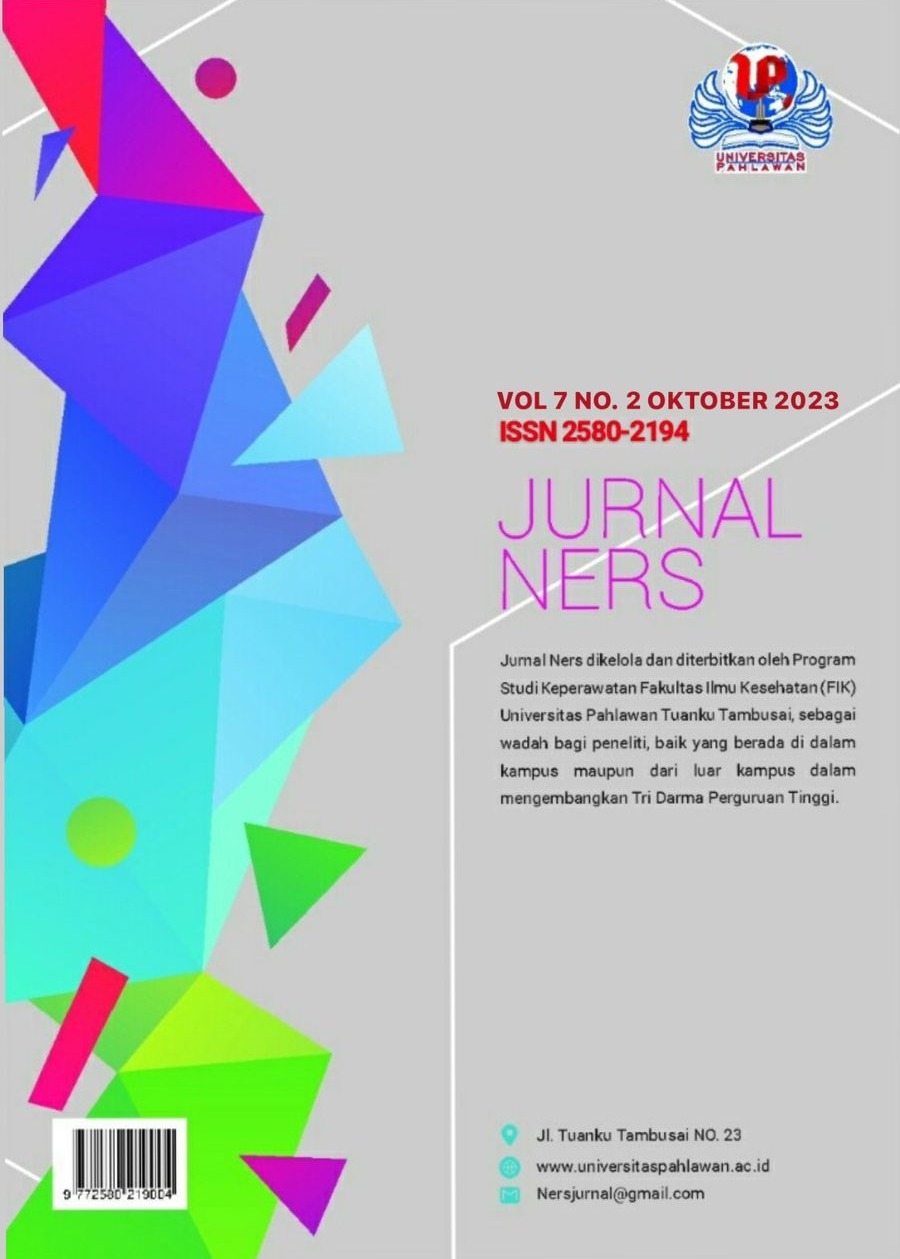Pengaruh Terapi Musik Klasik (Mozart) Terhadap Kemampuan Berbahasa Pada Anak Autisme di SLBN Prof.Sri.Soedewi.Masjchun Sofwan,S.H Kota Jambi
DOI:
https://doi.org/10.31004/jn.v7i2.16932Abstract
The prevalence of children with autism in Indonesia has reached 2.4 million in a few years. Children with autism have difficulties in growth and development, especially in language skills. Language ability is an important aspect that must be owned by everyone. There are various methods to assist in developing language skills, one of which is classical music therapy (Mozart). This study aims to determine the effect of classical music therapy (Mozart) on the language skills of children with autism at the SLBN Prof. Dr. Sri Soedewi Masjchun Sofwan, S.H. Jambi. This study uses a quantitative research type with a pre-experimental research design (pre-post test design with one group). The number of samples in this study was 10 respondents with a total sampling technique. Statistical test using paired-sample t-test. Results of statistical tests using Shapiro-Wilk, obtained p-value = 0.05 > ? 5%. There was an effect of giving classical music therapy (Mozart) where at the time of the pretest, it was found that the most respondents' language abilities were in the less category and after the post-test, the most respondents' language abilities were in the good category. There is a significant influence between giving classical music therapy (Mozart) on language skills in children with autism. It is hoped that parents or teachers can provide music therapy as an adjunct in fostering children with autism to improve language skills.Downloads
Published
2023-10-19
How to Cite
Ananda, F. D., Nasution, R. A. ., & Yuliana, Y. (2023). Pengaruh Terapi Musik Klasik (Mozart) Terhadap Kemampuan Berbahasa Pada Anak Autisme di SLBN Prof.Sri.Soedewi.Masjchun Sofwan,S.H Kota Jambi. Jurnal Ners, 7(2), 1635–1640. https://doi.org/10.31004/jn.v7i2.16932
Issue
Section
Articles
License
Copyright (c) 2023 Jurnal Ners

This work is licensed under a Creative Commons Attribution-ShareAlike 4.0 International License.
Authors who publish with this journal agree to the following terms: Authors retain copyright and grant the journal right of first publication with the work simultaneously licensed under a Creative Commons Attribution-ShareAlike 4.0 International License that allows others to share the work with an acknowledgement of the works authorship and initial publication in this journal. Authors are able to enter into separate, additional contractual arrangements for the non-exclusive distribution of the journals published version of the work (e.g., post it to an institutional repository or publish it in a book), with an acknowledgement of its initial publication in this journal. Authors are permitted and encouraged to post their work online (e.g., in institutional repositories or on their website) prior to and during the submission process, as it can lead to productive exchanges, as well as earlier and greater citation of published work (See The Effect of Open Access).








